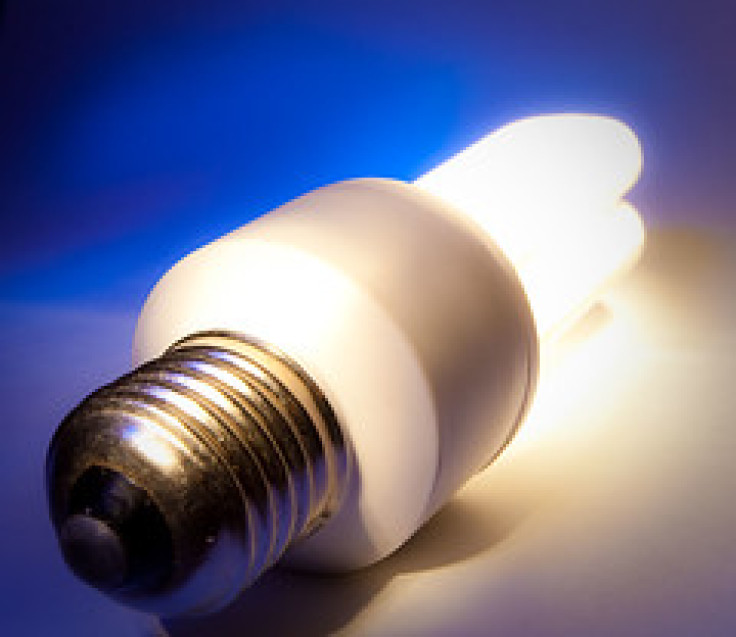Experts: Energy saving light bulb poses health risks

Experts say that energy saving light bulbs are good for the environment but can be bad for your health.
A study of compact fluorescent lamps (CFLs) has shown how they often fail to meet their advertised intensity of light, a member of the Optometrists Association Australia has warned.
While the bulbs were a positive step in reducing a home's carbon footprint, they could result in dimmer rooms that would increase the household's risk of falls and vision problems.
Two-thirds of CFLs that are claimed to be the equivalent of a 75-watt incandescent lamp, deliver less light than expected, said researcher and optometrist Professor Stephen Dain from the University of NSW.
In some cases they only produce light equivalent of an old 60-watt lamp.
Prof Dain said households should chose carefully when purchasing CFLs to replace their incandescent light bulbs.
He recommended choosing a CFL that was rated at a higher light output than the conventional bulb it would replace.
Good lighting was important to prevent eye strain and fatigue and this was particularly the case for older Australians.
Less light would reach the retina as the eye aged, he said, meaning most people over 60 needed three times more light to see as adequately as they did in their 20s.
As poor vision is a major risk factor for falls in older people, good lighting at home can help reduce this risk, Prof Dain said.
Improving lighting by selecting higher wattage lamps, especially in kitchen and stairs areas, reduces the risk of trips and falls.
Prof Dain said Australians needed effective lighting in their homes as well as the correct spectacles and regular eye check-ups to make the most of their vision.
jc











